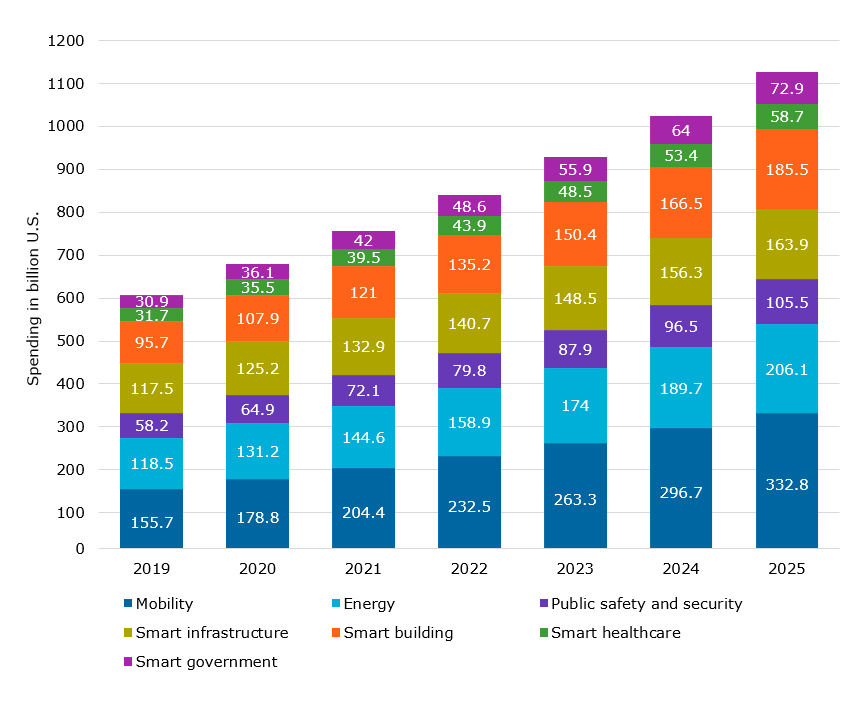Introducing the Urban Data Platform
Introducing the Urban Data Platform
To become a smart city, authorities often start with small projects on vertical (siloed) solutions. There are many examples and most start with “smart” — smart parking for example. However, as the former Chief Technical Officer of Q-park once said in a conversation with the Chief Information Officer of a large city, “There is nothing smart about parking. Either you can park or you can’t. It is the information you can receive up-front — to know whether there is availability or not and change plans — that makes it smart.”
This message basically explains what “smart” is for cities. It is about creating valuable information that people can access when, where and how they decide. However, this is only realizable if the city can collect, manage and publish the data to create information services — personalized if possible. Therefore, the strapline for our smart city vision is, “A smart city is a data-driven city.” This applies to city operations, city services and to new opportunities for a data economy.
Single pane of glass
To make smart cities a reality requires a single Urban Data Platform to manage all the data. This platform is the centerpiece of a “system-of-systems” or “platform-of-platforms” approach. The data-driven approach depends in large part on the trust and confidence the city can ensure in the reliability of the information provided, underpinned by data accuracy, availability and accessibility.
So, why a platform-of-platforms approach? Because, for example, not all streetlights will come from a single vendor, and each vendor has its own control/management platform. Collecting data from all connected platforms is key to creating a “single pane of glass” for lighting, energy consumption, worn-out lightbulbs and so on. It also enables use of city data and external data, such as the weather and crowded areas, to control the lighting settings from the Urban Data Platform as the central system. Of course, there are many more examples.
Definition
An Urban Data Platform enables a city to capture, manage and publish data across
the city’s operational areas, providing a single access point for data-driven services for known and unknown users.Urban Data Platform Market: Size, Demand and Offering
Source: STATISTA 2020

Topics that the platform can help authorities address include:
Citizen services
Mobility

Safety

Economy
Sustainability

Care
Governance
Key features
The key features of the Urban Data Platform are:
- Device management for all data points in a city
- Data security, as in cybersecurity and edge computing
- Secure connectivity as in cybersecurity
- IoT data collection management
- Data infrastructure security — such as two-factor authentication in Horus, Evidian and Bullion
- Data provisioning to support multiple use cases — as in Data Lake as a Service
- Artificial intelligence (AI) operations whether local or external AI routines are used
- Data access security for known users — such as Azure Directory
- Data access security for unknown users through apps — like IDnomics certification
For cities, it is important to create an ecosystem of partners to create services and use data. It is also important that the Urban Data Platform adheres to open standards and is based on open source technologies. Any risk of vendor lock-in will prohibit cities from creating their own data economies.
Topics
Innovation in a Box Workshop
Let’s get started solving your challenges together
Public Data Platforms
Discover solutions for Public Sector & Defense

